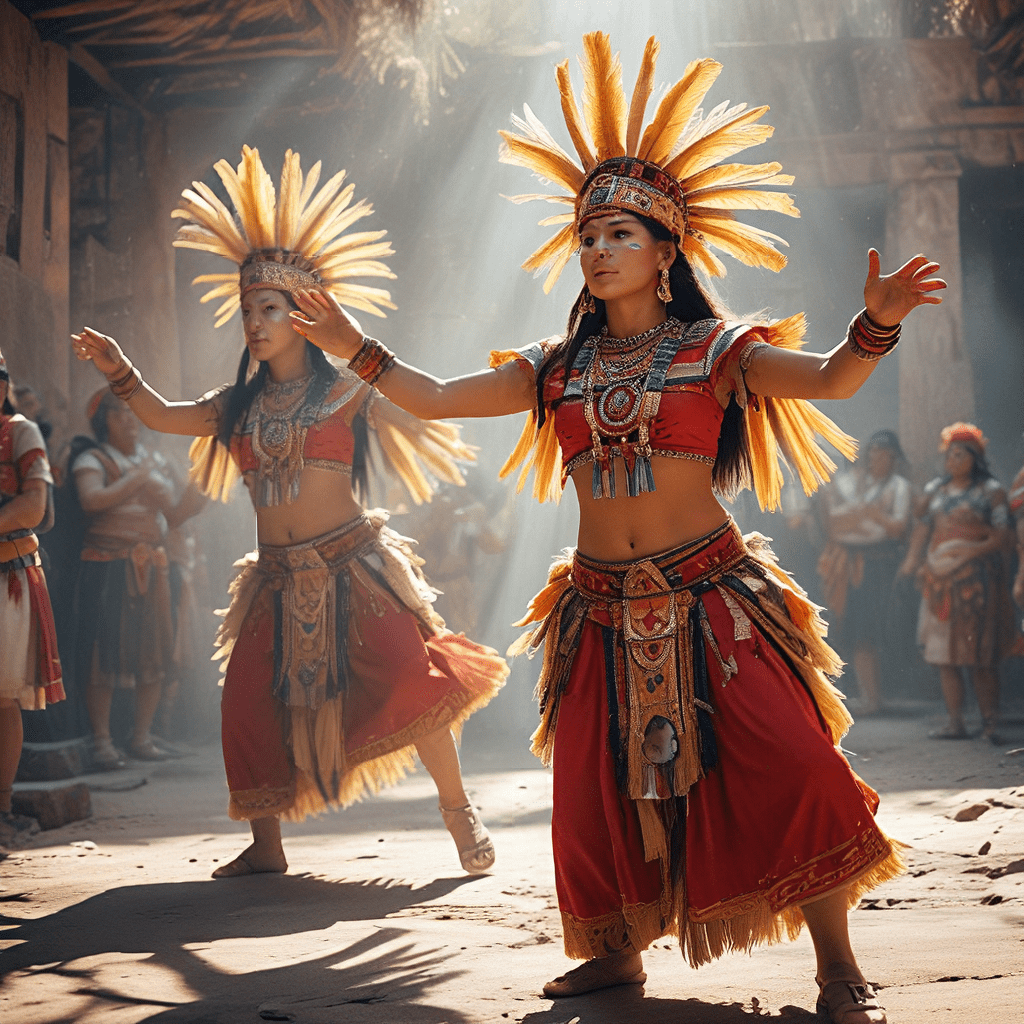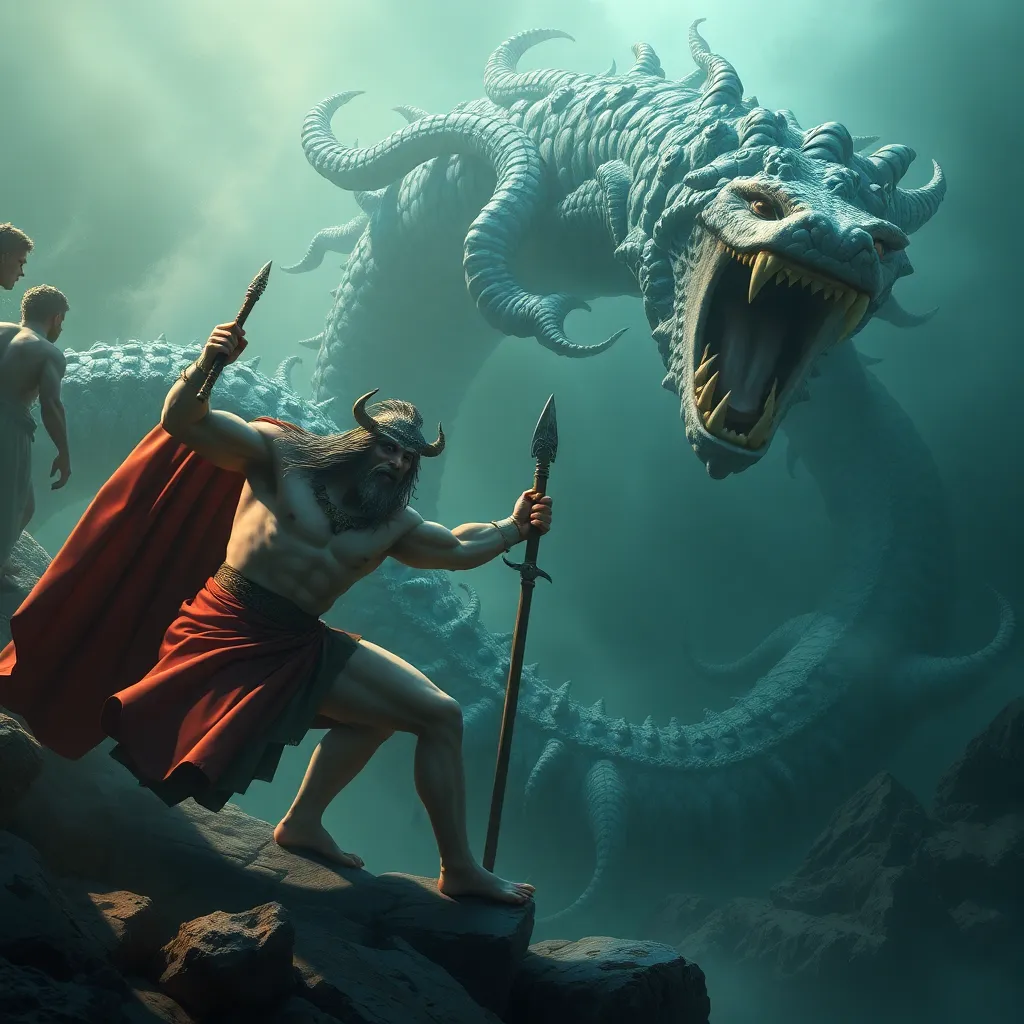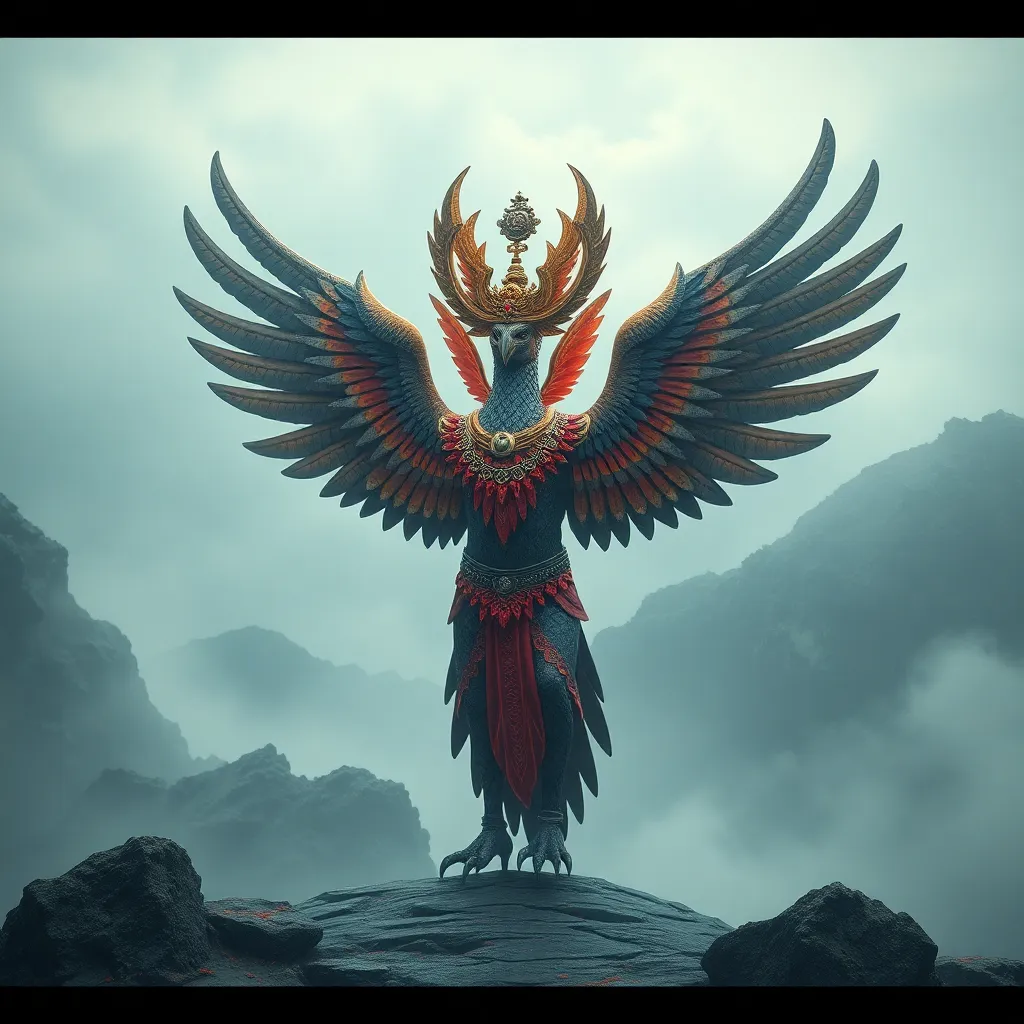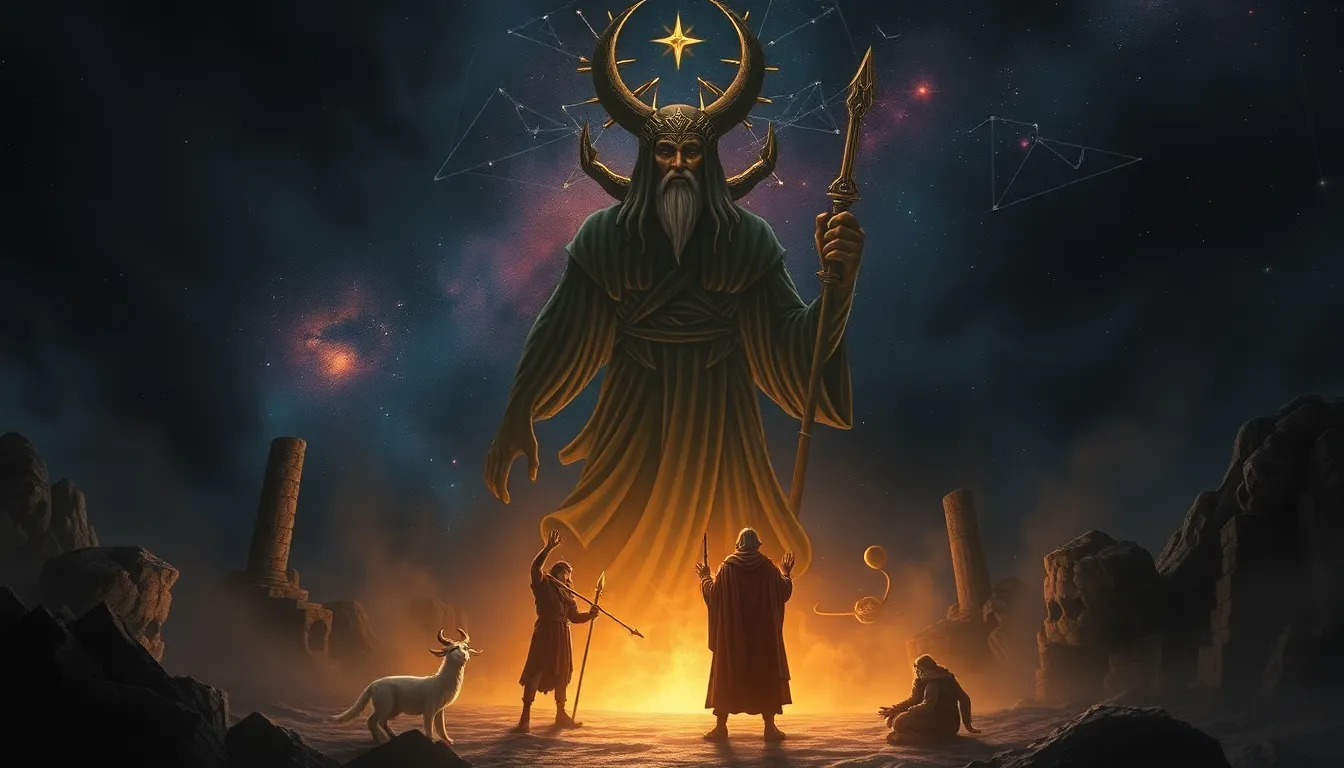Incan Mythology: A Tapestry of Divine Beings and Sacred Forces
The Incan civilization, which flourished in the Andes Mountains of South America from the 13th to the 16th centuries, was deeply rooted in a rich and complex mythology. Their belief system was woven around the interconnectedness of the natural world, human life, and the divine. The Incas viewed the cosmos as a harmonious tapestry of sacred forces, represented by powerful deities and spirits. Their understanding of the universe was shaped by awe-inspiring landscapes, celestial cycles, and the rhythms of nature.
The Sun God Inti: The Heart of Incan Belief
In the heart of Incan mythology stood Inti, the Sun God. He was considered the most important deity, the source of life, warmth, and light. To the Incas, the Sun's rays were a tangible manifestation of Inti's power, nourishing crops, guiding their journeys, and illuminating their world. Inti was a benevolent god, but he also possessed immense power and demanded respect. His wrath was feared, and rituals and offerings were made to appease him. The Incas believed that Inti was responsible for the cycle of seasons, the growth of their crops, and the well-being of their people.
Pachamama: The Earth Mother, Nurturer and Provider
As important as Inti was, the Incas also revered Pachamama, the Earth Mother. She represented the fertile ground that sustained their lives, providing nourishment for their crops and the minerals and metals they used. Offerings to Pachamama were made to ensure bountiful harvests and to express gratitude for her bounty. Pachamama was seen as a nurturing and protective force, watching over the land and its people. She was associated with fertility, abundance, and the cycle of life and death.
Viracocha: The Creator God and Master of the Universe
Above Inti and Pachamama stood Viracocha, the supreme Creator God. He was the ultimate source of all creation, responsible for bringing forth the cosmos, the earth, and all its inhabitants. Viracocha was a powerful and mysterious figure, often depicted as a bearded man with a staff. His wisdom and power were unmatched, and he was believed to have the ability to shape the world according to his will. He was associated with creation, knowledge, and the order of the universe.
Incan Mythological Dances: A Window into Incan Beliefs
Incan mythology was not merely a collection of stories; it was a living, breathing force that permeated every aspect of their lives, including their art, architecture, and, most importantly, their dances. Incan mythological dances were more than just entertainment; they were sacred rituals that expressed their deepest beliefs and devotions. Through these dances, they paid homage to their deities, celebrated life and harvest, and sought guidance and protection.
Expressions of Devotion: Honoring the Divine through Movement
Incan mythological dances were powerful expressions of devotion to their deities. These rituals were not simply about graceful movements; they were a way to connect with the divine realm, seeking guidance, protection, and blessings. Dances often depicted the stories and attributes of their gods, bringing the myths to life. For example, dances honoring Inti, the Sun God, might feature vibrant, sun-like colors and movements that mirrored the sun's journey across the sky. Similarly, dances dedicated to Pachamama, the Earth Mother, often incorporated movements that represented the fertility of the land, the growth of crops, and the cyclical nature of life.
Celebrating Life and Harvest: Ritual Dances for Abundance
Beyond devotion, Incan dances also celebrated life, abundance, and the bounty of the harvest. These dances were expressions of gratitude to the gods for their blessings and a way to ensure continued prosperity. Vibrant costumes, intricate masks, and rhythmic music filled the air, reflecting the joy and energy of life. Harvest festivals were particularly important, as they marked the culmination of the agricultural cycle and the time for thanks. Dances during these festivals would often depict the planting, growth, and harvesting of crops, celebrating the interconnectedness of humans and nature, and acknowledging the role of the gods in their prosperity.
The Role of Music and Instruments in Mythological Dances
Music played a vital role in Incan mythological dances, providing the rhythm and energy that fueled the movements and deepened the spiritual connection. The Incas created a rich variety of instruments, each with its unique sound and purpose, that were used for both ceremonial and everyday purposes. Important instruments included wind instruments like the pututo (a long, trumpet-like horn) and the antara (a panpipe), as well as percussion instruments like the tinya (a small, hand-held drum). The sounds created by these instruments were thought to carry prayers and intentions into the spiritual realm.
The Importance of Costumes and Masks in Ritual Performances
The dancers' costumes and masks were not mere adornments; they were integral to the effectiveness of the rituals. They transformed the dancers into representations of their deities, allowing them to embody the gods' power and communicate their intentions to the spiritual realm. Costumes were often brightly colored and adorned with feathers, signifying the connection to nature and the divine. Masks, crafted from wood, leather, and other materials, represented the deities' features and symbolism. The combination of costumes and masks created a powerful and evocative visual language that elevated the dances to a higher level of spiritual significance.
Theories on the Origins and Evolution of Incan Mythological Dance
The origins of Incan mythological dance are shrouded in the mists of time, but scholars believe that their dances evolved over centuries, influenced by earlier Andean cultures and the unique features of their environment. The dances may have also been influenced by interactions with other cultures as the Inca Empire expanded. Archaeological evidence suggests that Incan dances were influenced by the rich artistic traditions of earlier civilizations in the Andes, and it's likely that there was a continuous process of adaptation and innovation as the Inca culture developed. Over time, the dances became more elaborate, incorporating complex movements, intricate costuming, and a deeper understanding of their symbolic significance.
FAQ
Q: What were the most important Incan deities?
A: The most important Incan deities were Inti (the Sun God), Pachamama (the Earth Mother), and Viracocha (the Creator God).
Q: What was the purpose of Incan mythological dances?
A: Incan mythological dances were sacred rituals used to honor their deities, express devotion, celebrate life and harvest, and seek guidance and protection.
Q: What role did music and instruments play in Incan dances?
**A: **Music was essential, providing a rhythmic and energetic backdrop that enhanced the spiritual connection. Instruments like the pututo, antara, and tinya were used to create sounds thought to carry prayers and intentions to the spiritual realm.
Q: What were the costumes and masks like in Incan dances?
A: Costumes were often brightly colored and adorned with feathers, reflecting the connection to nature and the divine. Masks represented deities' features and symbolism, transforming dancers into powerful embodiments of the gods.
Q: How did Incan mythological dances evolve?
A: Incan dances evolved over centuries, influenced by earlier Andean cultures, the environment, and interactions with other civilizations. They became more elaborate, incorporating complex movements, intricate costuming, and a deeper understanding of their symbolism.



